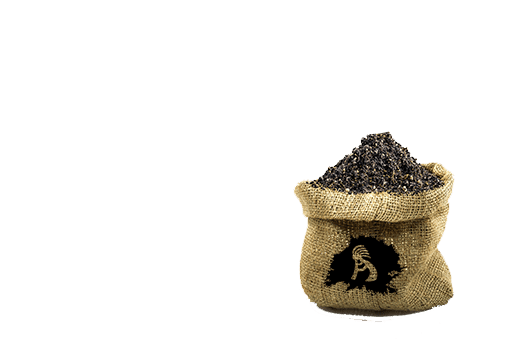Introduction:
Welcome to Anasazi Gold Global, where we delve into the fascinating world of “Humic vs. Fulvic Acid.” In this comprehensive exploration, we uncover the distinct characteristics and applications of these organic compounds, shedding light on their pivotal roles in soil health and agriculture.
What is Humic Acid?
Humic acids are big molecules, ranging in molecular size from 10,000 to 100,000. They’re dark in color andcombine mixtures of carbon chains and carbon rings. (In addition to carbon, they also contain oxygen, nitrogen,hydrogen, and phosphorus.)
What are Humic and Fulvic Acid?
Organic compounds like humic and fulvic acid exist in soil, peat, coal, and other natural sources. Humic acid consists of long chains of carbon, hydrogen, and oxygen, forming a complex organic molecule. On the other hand, microbial activity derives fulvic acid from humic acid, creating a smaller molecule. Both acids are rich in essential minerals, trace elements, and organic matter that are important for plant growth.
The exact composition of humic molecules varies by source. They’re not soluble in water in acid conditions, but are soluble in alkaline solutions. Humic acids work best in the soil, where they readily unlock nutrients and bind to them, making them available for uptake into plants. And they chelate toxic metals, preventing harmful material from entering the plant. Further, they stimulate microbial activity in soil, increase water retention, and stimulate root and shoot growth. They also act as a dilator, increasing the cell wall permeability of plants so that nutrients can be absorbed. They’re all-stars of soil, an essential component of every soil environment that help to make the whole system work better.
Humic acids can be thought of as the roads, bridges, and tunnels that allow for essential exchanges between the plant and soil. (Although humic acids work best in soil, they’re also vital in foliar applications, because they increase the cell wall permeability of plants, which in turn increases the uptake of nutrients.)
Humic and fulvic acids are both humic substances(along with humin). However, there are a few keydifferences that impact their benefits and how each arebest applied. In short, they vary regarding carbon andoxygen content, acidity, degree of polymerization,molecular weight, and color.
Humic acids are largemolecules that function best in soil to provide anoptimal growing environment. Fulvic acids are muchsmaller molecules that work well in both soil and foliarapplications, where they transfer vital nutrients throughthe cell membrane of plants. They work in tandem tohelp boost plant help and increase crop yields.
Conclusion:
In conclusion, the comparison of “Humic vs. Fulvic Acid” reveals the remarkable diversity of these organic substances and their profound impact on agriculture and soil ecosystems. While humic acid provides a stable foundation for nutrient retention and long-term soil health, fulvic acid emerges as a dynamic player, enhancing nutrient uptake and plant resilience.







